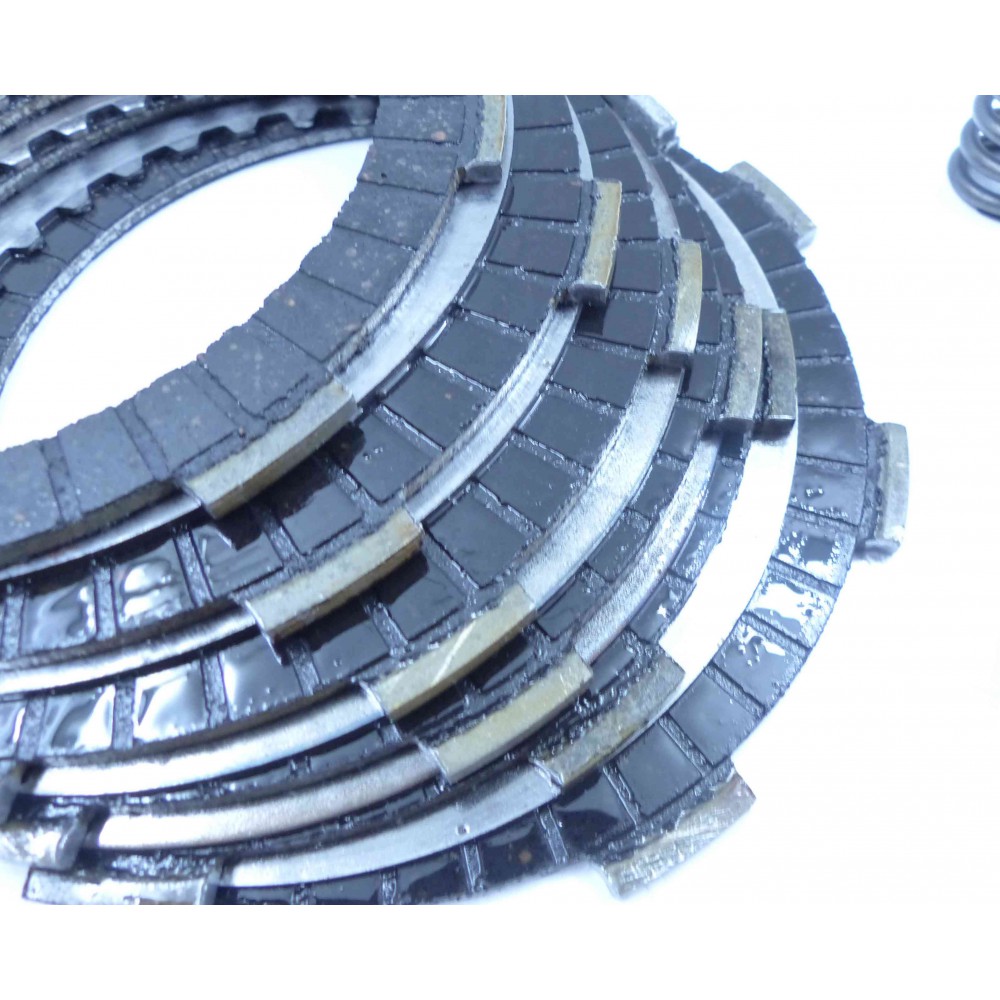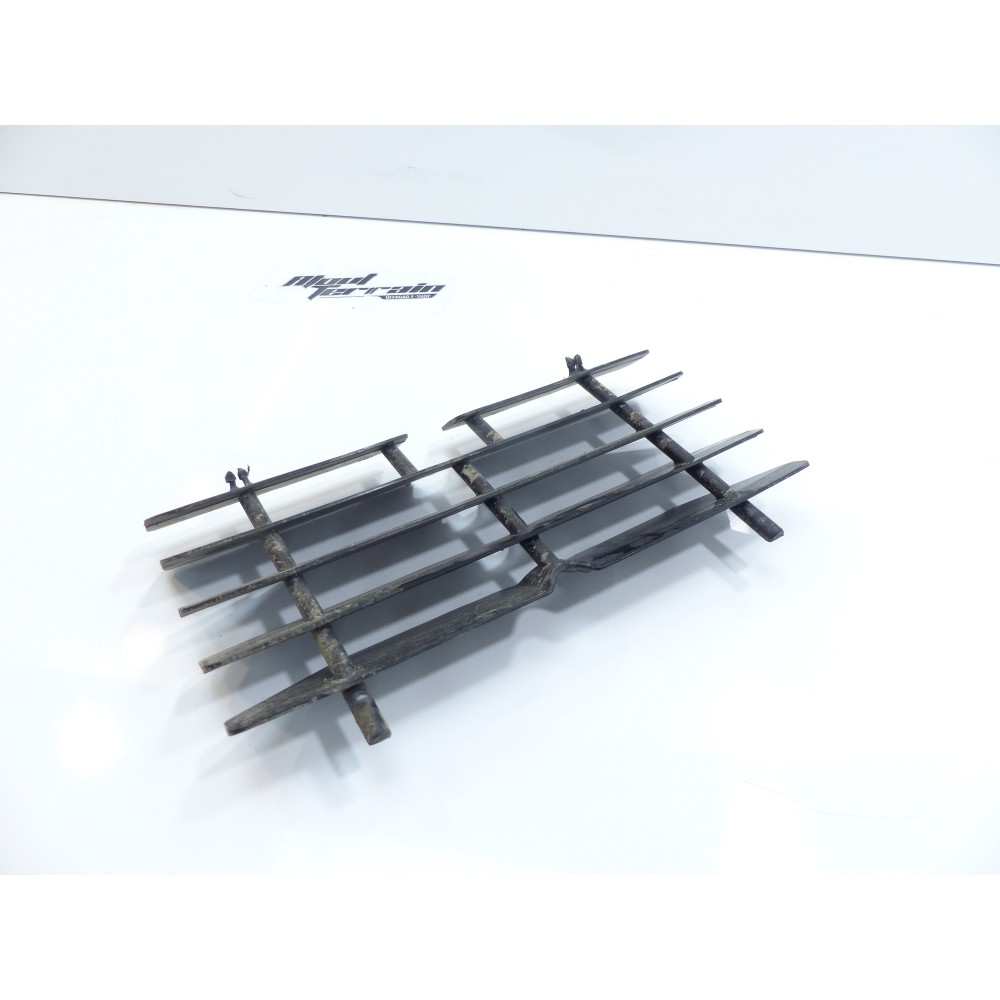
but that tight cluster is several inches off the bullseye.įixing this is a much trickier proposition than just getting things to sync.

Think of a very tight cluster of gunshots in a target. In scientific terms, we say that the alignment has high precision (the two devices remain locked in tight sync) but terrible accuracy (they are out of whack and stay that way). This leads to the maddening result of two arpeggiators being started just a few clock pulses apart and staying in perfect sync, so they never line up unless you retrigger one or the other and get lucky. MIDI Song Position Pointer is by no means universally honored, and without it, the device doesn't know precisely where to start and stop, even though it will keep perfect sync once it does. The problem is that many arpeggiators and hardware sequencers that sync via MIDI are not smart about bar lines. The real problem of MIDI sync is not necessarily flamming due to latency, but start sync. It costs you nothing to set up a daisychain and start up some sequences and arpeggiators, and listen for flamming. However, that's an ideal figure the reality will be somewhere in between. the actual number should be closer to 3 microseconds. The idea that "MIDI devices in a daisychain introduce 3 ms of delay with every hop" is a myth that stemmed from a typographical error in a magazine at the dawn of the MIDI era that was taken as gospel. My first suggestion would be to try a daisychain, believe it or not. MIDI Solutions makes one, but a pair of them would run you $300 new. The alternative would be to set up a pair of MIDI Thru splitter boxes that are 1 x 8 and feed them clock. but if the internal memory battery were to die, it would irreparably lose its mind, so I couldn't sell it to you in good conscience.) (Ironically, I have one that's set up to do exactly what you want right away with no computer, it was set up to distribute MIDI Clock for a large live event with multiple synths.
Kmx 8x8 midi patchbay mac os#
The old Opcode Studio 5 LX could do this stuff very well and was 15 x 15, but it required Mac OS 9 to program it. The KMX MIDI Central lived in my studio for years and gave great 15 x 16 performance, but they haven't been made for decades and are hard to find - hasn't had one up for auction in years, and Ebay is dry too. I will post fast and dirty right now and can follow up with deeper research if need be.įirst of all, off the top of my bean, I am not aware of anyone making a 16-port MIDI box of any kind any more. Several questions here with several answers.

What's the best set-up for ease of use and accurate timing?
Kmx 8x8 midi patchbay Patch#
Is it ridiculous to try and daisy chain 13-14 devices together due to midi delays introduced at each keyboard? Or should I use a "Star" configuration, with either a dedicated midi patch bay or should I use a midi thru box? Do you have a suggestion for a midi patch bay that would do the job? (Does anyone even make a 16 x 16 midi patch bay?) I'd like to be able to sync the various arpeggiators, and play the majority of the keyboards from the Midiboard. (keyboards are: Prophet 600 with gligli, Prophet 6, Andromeda A6, Yami An1x, Solaris, Akai Ax80, Sub 37, Deckards Dream, Juno 66, Kiwi 3p, along with a string machine, a Yami Rx-5, Voce V5+, and a ESQ-1). Here's the harder part: I have a number of 80's era and newer keyboards that I now want to hook up via midi, to respond to my master controller - the Kurz Midiboard. (That part works fine.) No computer if I can help it, because I find it so often gets in the way of the creative flow. I wanted to try to set up a standalone system with an iPad running Cubasis 2.8, hooked up to a Steinberg UR44. My question is about the best way to hook up a variety of midi devices to your recording interface.


 0 kommentar(er)
0 kommentar(er)
